As the world hurtles towards a future dominated by artificial intelligence, a growing chorus of voices is warning of an impending bubble. The signs are all there: tech companies are pouring billions into AI research, data centers are sprouting up like mushrooms, and the stock market is soaring. But what happens when the bubble bursts? And what can we learn from past bubbles that might help us navigate this treacherous landscape?
For Paul Kedrosky, a partner with SK Ventures and a fellow at MIT's Initiative on the Digital Economy, the warning signs are clear. "We're spending this prodigious amount of money on the underlying infrastructure for AI, with probably no likelihood of recovering most of that cost," he says. "And a significant likelihood that most of those assets become worthless because of the speed at which they depreciate."
Kedrosky's concerns are not about the AI technology itself, but about the infrastructure that supports it. Data centers, the massive facilities that house the servers and storage needed to power AI systems, are a prime example. These facilities are expensive to build and maintain, and their value depreciates rapidly as technology advances. "It's like buying a car and expecting it to be worth the same amount in five years," Kedrosky explains.
The AI bubble is not just a concern for investors; it also has implications for society. As AI becomes increasingly ubiquitous, we risk creating a world where the benefits of technology are concentrated in the hands of a few large corporations, while the costs are borne by the many. This is a classic problem of market failure, where the pursuit of profit leads to negative externalities that are not accounted for in the market.
But what can we learn from past bubbles that might help us navigate this treacherous landscape? The dot-com bubble of the early 2000s is a prime example. In the late 1990s, investors poured billions into tech startups, many of which were little more than vaporware. The bubble burst in 2000, leaving many investors with significant losses. However, the aftermath also saw a period of innovation and growth, as companies that had survived the bubble began to develop new technologies and business models.
Similarly, the AI bubble may not be a disaster, but an opportunity for growth and innovation. As Kedrosky notes, "AI is obviously a hugely important technology. The question is, how do we get the benefits of that technology to the many, rather than just the few?"
The latest developments in AI are a testament to its potential. Google's Gemini, OpenAI's ChatGPT, and Meta's AI are just a few examples of the many AI systems being developed. These systems are not just tools for processing data, but also for generating ideas, creating art, and even writing code. As AI becomes increasingly capable, we risk creating a world where the boundaries between human and machine are increasingly blurred.
But what does this mean for us, as individuals and as a society? As AI becomes more ubiquitous, we may need to rethink our assumptions about work, creativity, and even identity. Will we be able to adapt to a world where machines are increasingly capable of doing things that were once the exclusive domain of humans?
The answer, of course, is not yet clear. But one thing is certain: the AI bubble will burst, and when it does, we will be left to pick up the pieces. The question is, what kind of world will we create in its aftermath? Will we be able to harness the power of AI to create a better future, or will we succumb to the same pitfalls that have plagued us in the past? Only time will tell.


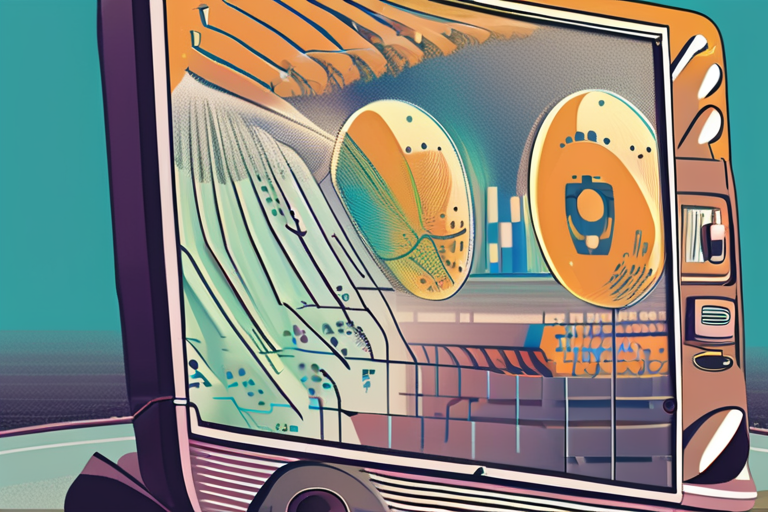

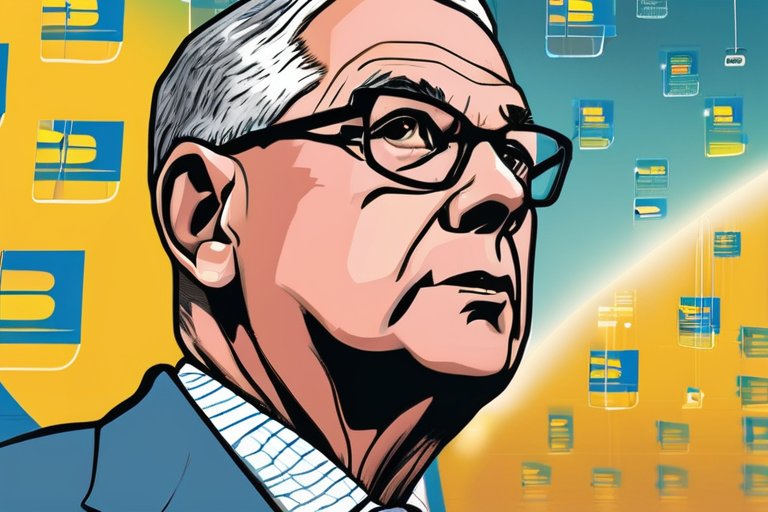
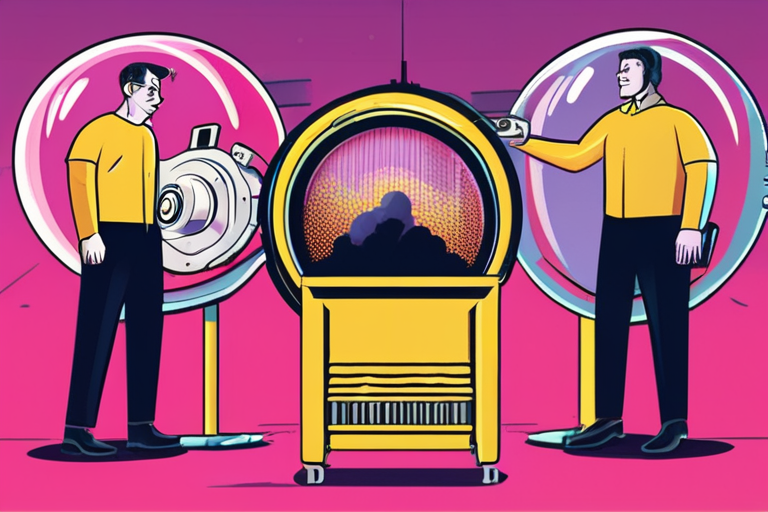
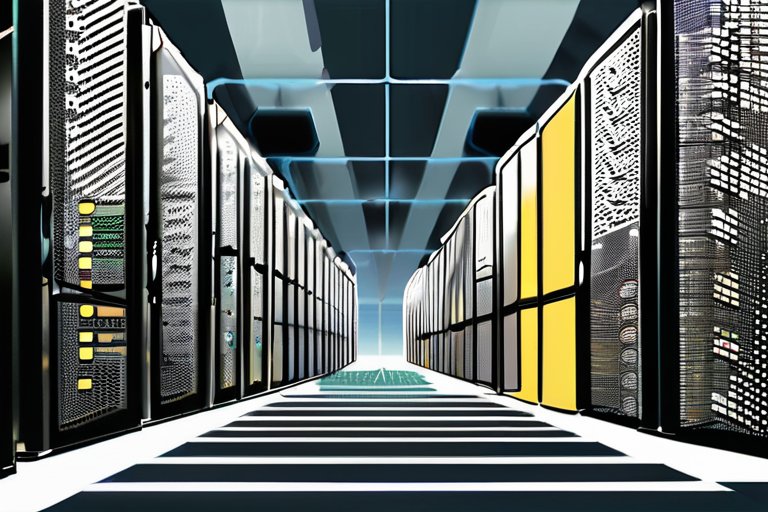

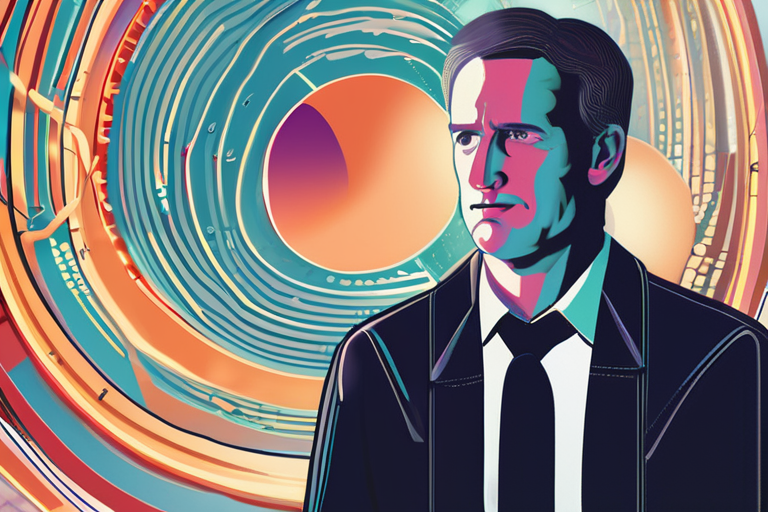
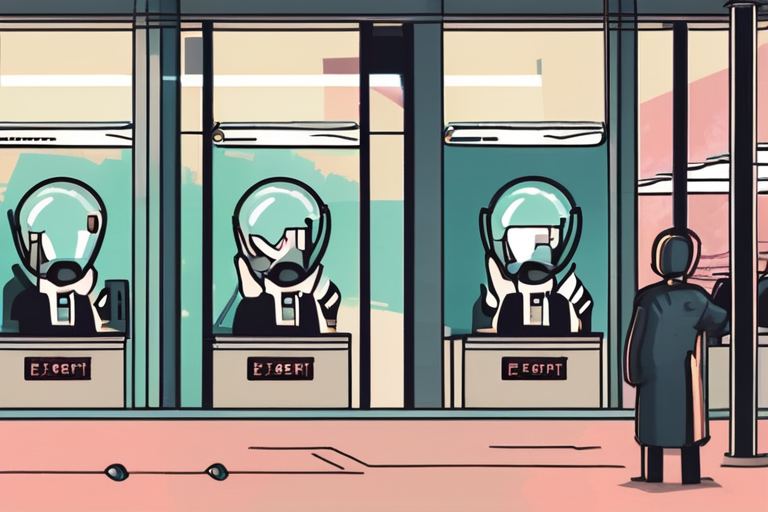
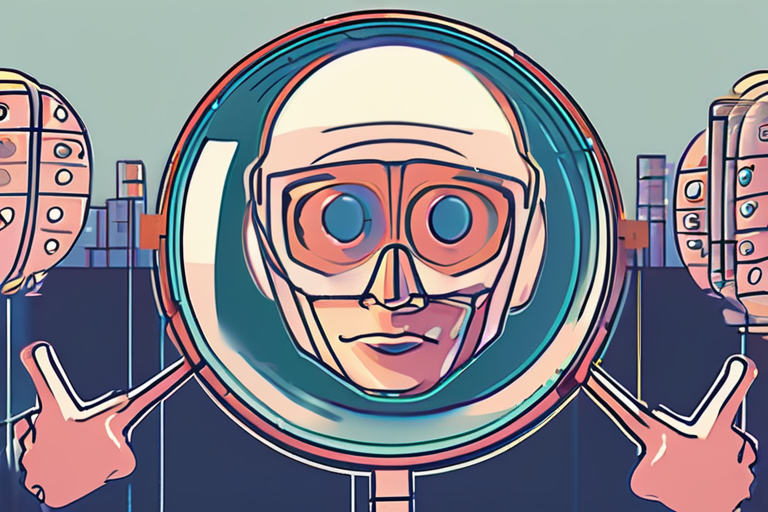
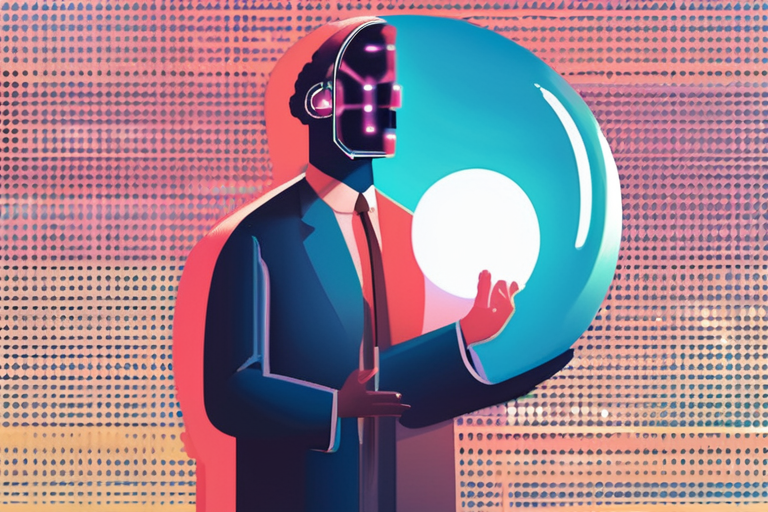
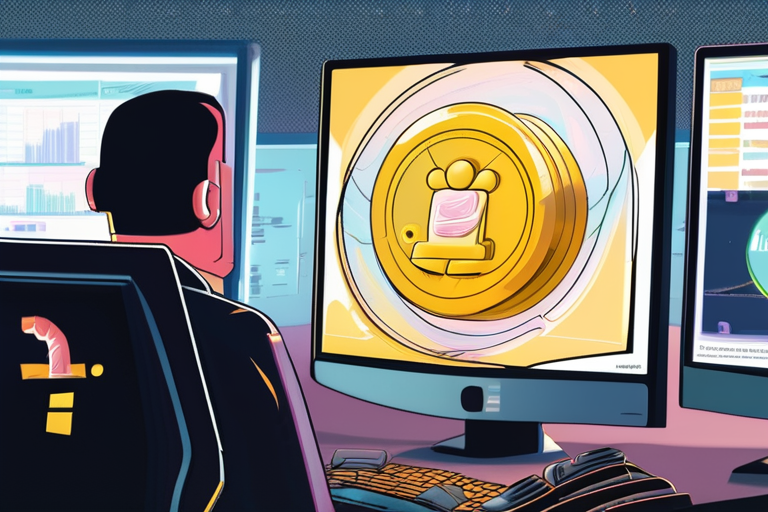
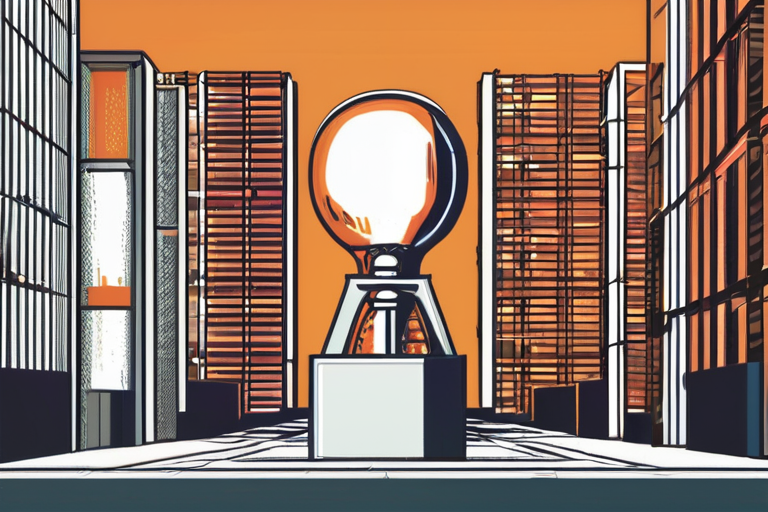
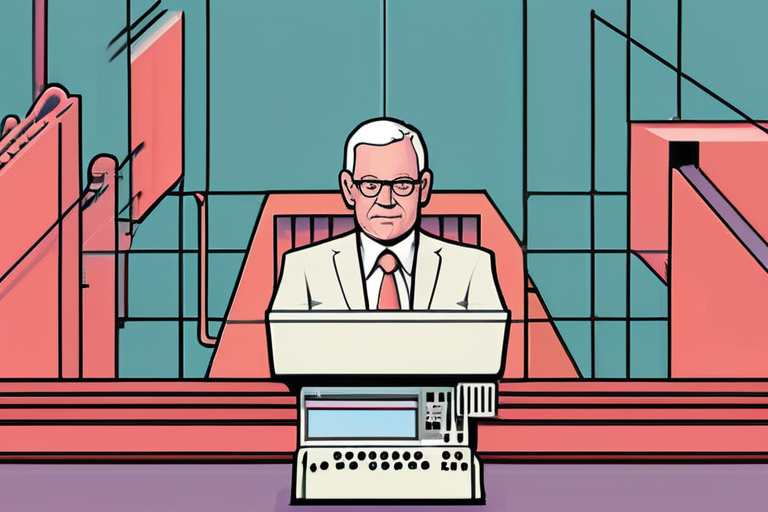
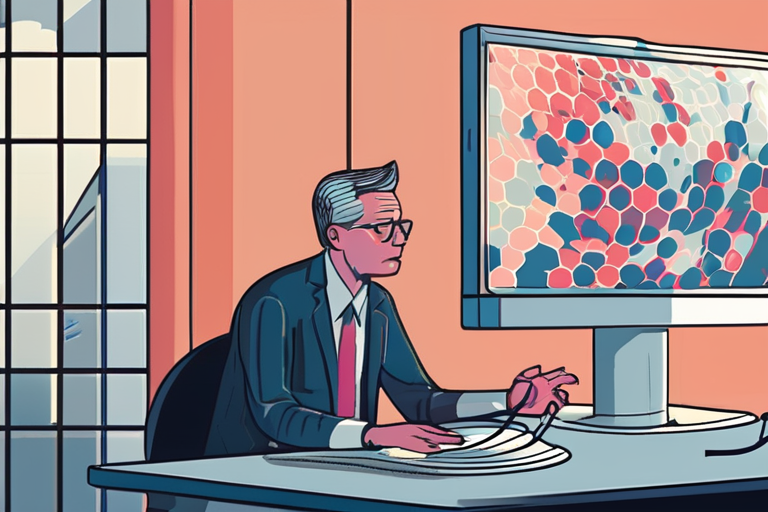


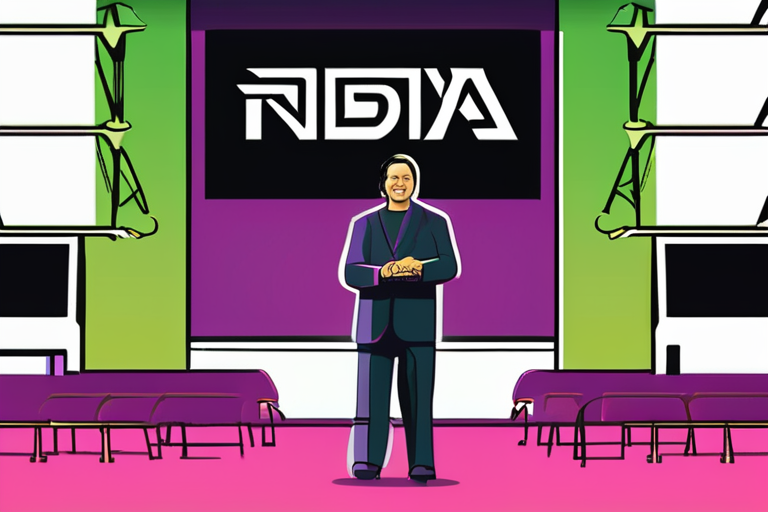
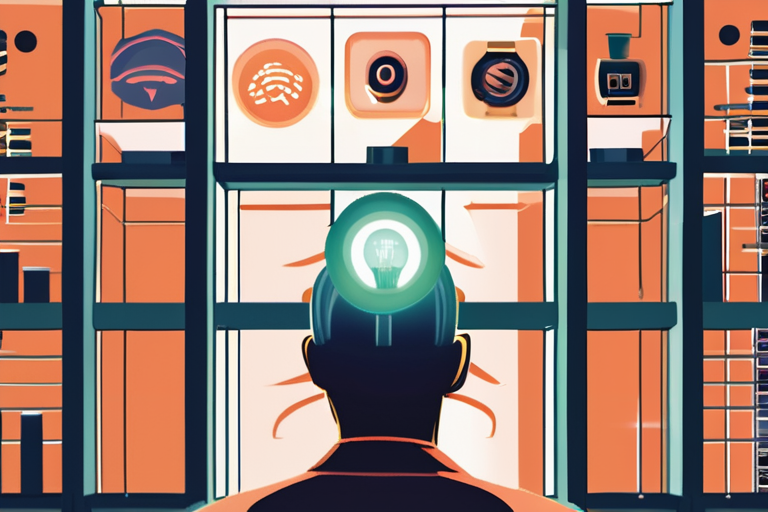
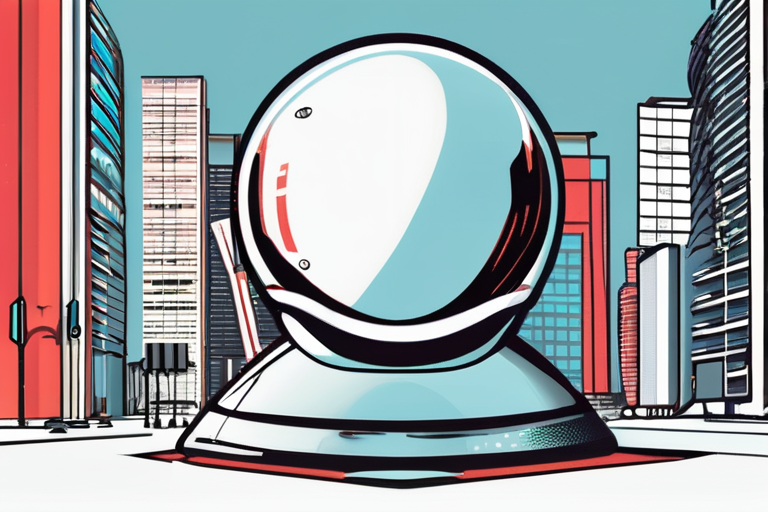
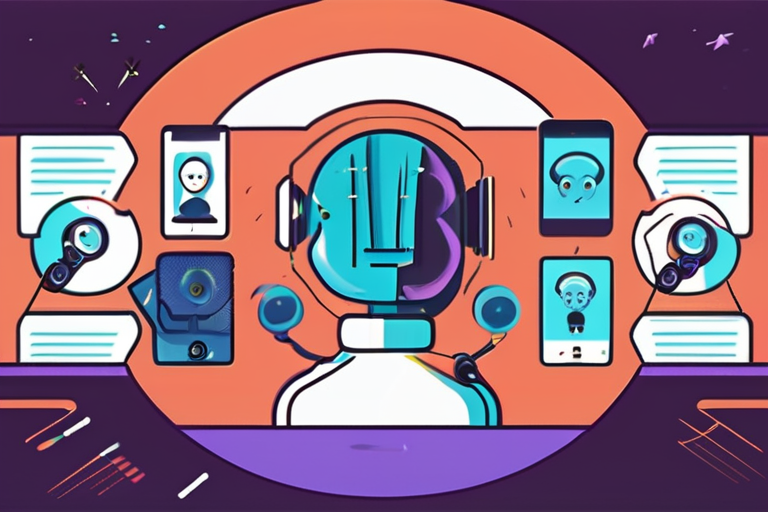

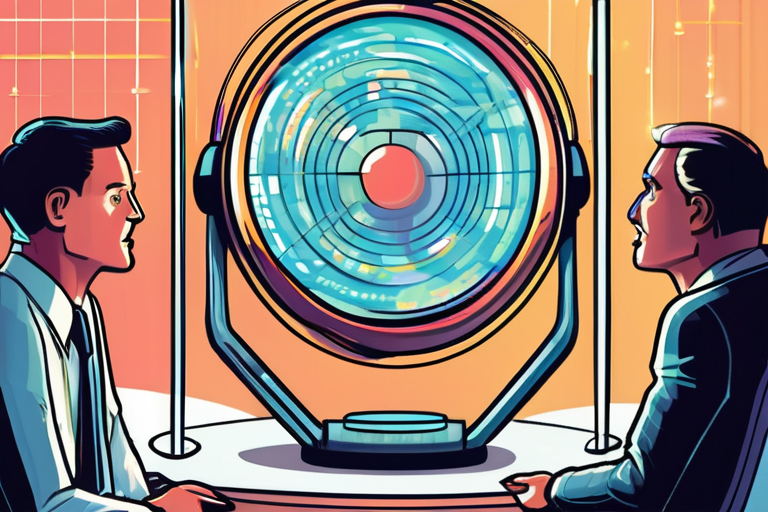
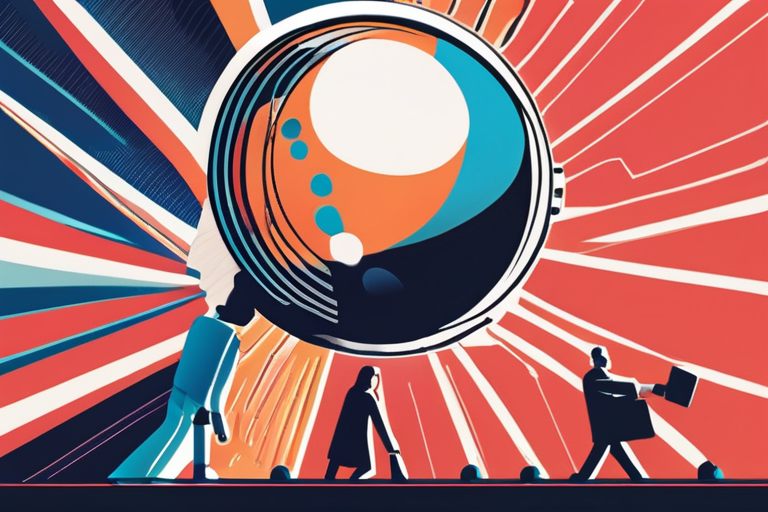
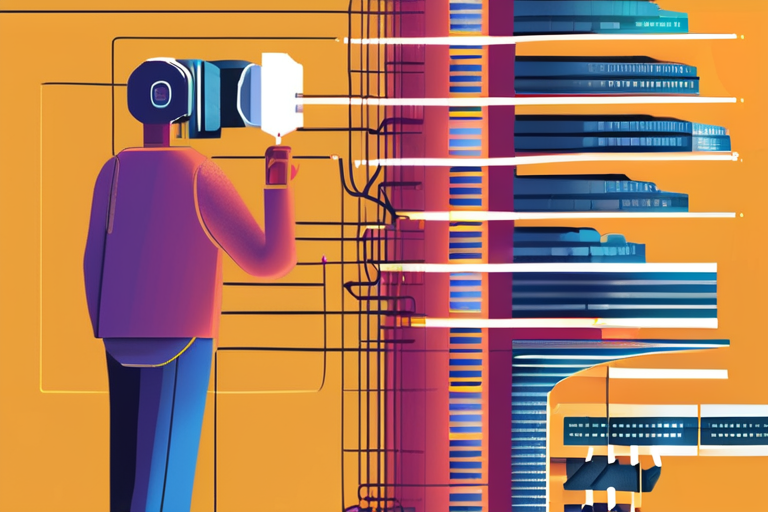
Share & Engage Share
Share this article